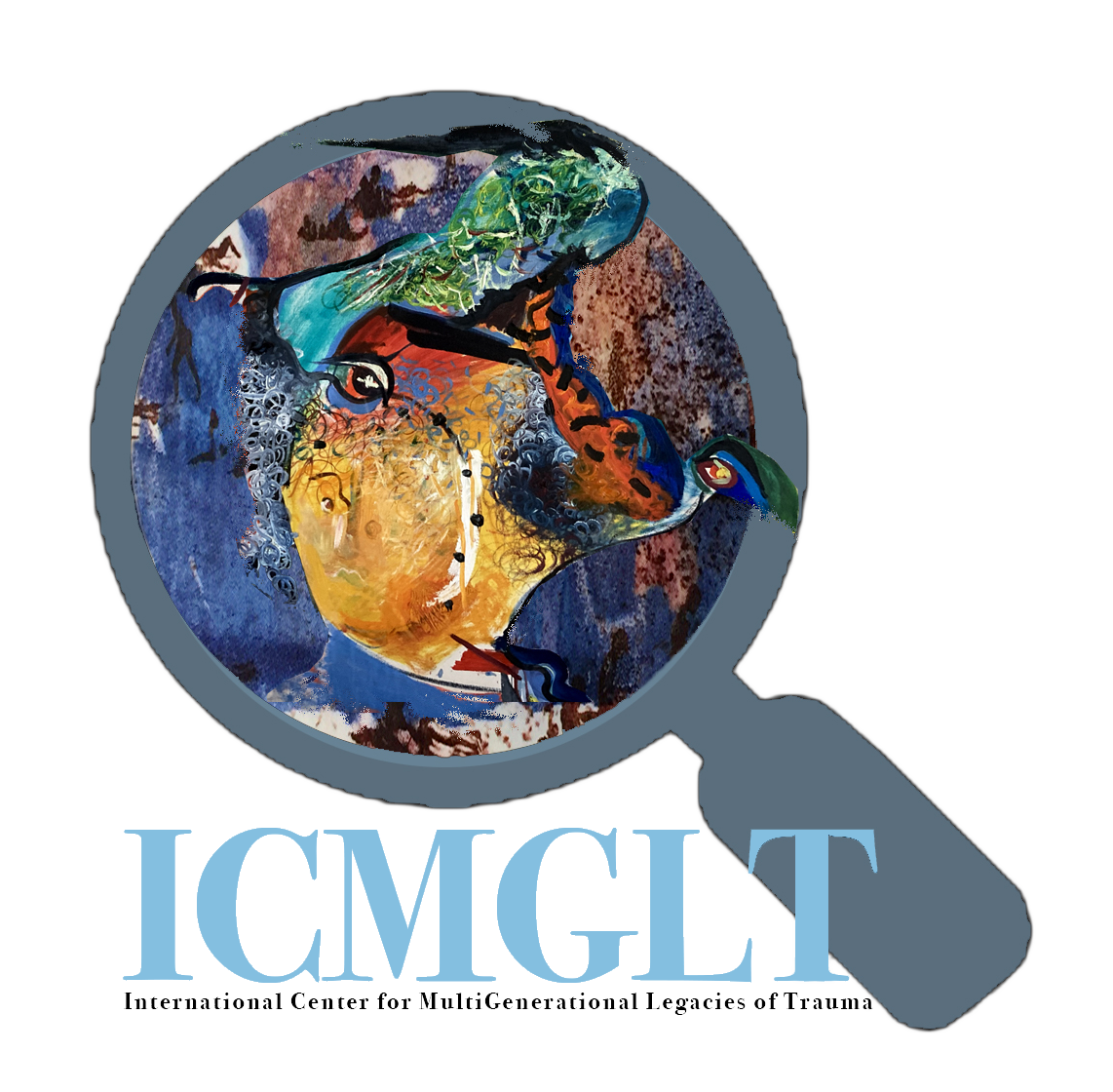The United Nations has taken a transformative step toward creating a more inclusive world with its #Disability_Inclusive_Language_Guidelines, part of the 2019 UN Disability Inclusion Strategy. These guidelines serve as a crucial roadmap to fostering respect, inclusion, and equality in how we communicate about—and with—persons with disabilities. Language has the power to shape perceptions, and using the right words can help combat ableism while promoting dignity and understanding.
Here’s a quick breakdown of the key principles of disability-inclusive language from the UN guidelines:
💡 Key Takeaways for Inclusive Language:
1. Adopt People-First Language
Prioritize the person over the disability. For example, say “persons with disabilities” instead of “disabled persons.” This centers individuals rather than defining them solely by their disability. There are exceptions to this—terms like “blind person” can also be acceptable, depending on personal preferences. Above all, it’s essential to respect how individuals prefer to identify.
2. Avoid Labels and Stereotypes
Disability is a natural part of human diversity and not something to sensationalize or pity. Avoid using labels like “courageous” or “brave” when describing people with disabilities, as these terms can feel patronizing. The goal is to ensure that people are not reduced to their disabilities.
3. Say No to Euphemisms
Terms like “differently-abled” or “special needs” might seem well-intentioned but are often seen as condescending. Stick to neutral, direct terms like “persons with disabilities” that emphasize respect and clarity.
4. Disability ≠ Illness
It’s crucial to avoid framing disabilities as problems that need solving or illnesses that require curing. Instead, recognize individuals with disabilities as rights-holders, with the same autonomy and dignity as anyone else. This shift from a charity-based to a rights-based approach helps foster equality.
5. Be Mindful in Informal Speech
Phrases like “blind to criticism” or “falling on deaf ears” perpetuate harmful stereotypes. Even in casual conversation, it’s important to avoid language that can reinforce negative perceptions of disability.
✨ Practical Examples of Disability-Inclusive Language:
• Use: “Accessible parking”
Avoid: “Handicapped parking”
• Use: “Person with Down syndrome”
Avoid: “Mongoloid”
By adopting respectful and empowering language, we combat ableism and contribute to a more inclusive society. Language is a powerful tool for creating change, and small shifts in how we speak can have a profound impact on how we think and behave.
As we continue to engage with people of all abilities, let’s lead the way in using communication as a force for inclusion. Together, we can foster environments where everyone is valued for who they are, not defined by their differences.
🌍 Let’s take the lead in making our words reflect the inclusive world we want to build.
#Inclusion #DisabilityAwareness #UNGuidelines #Leadership




